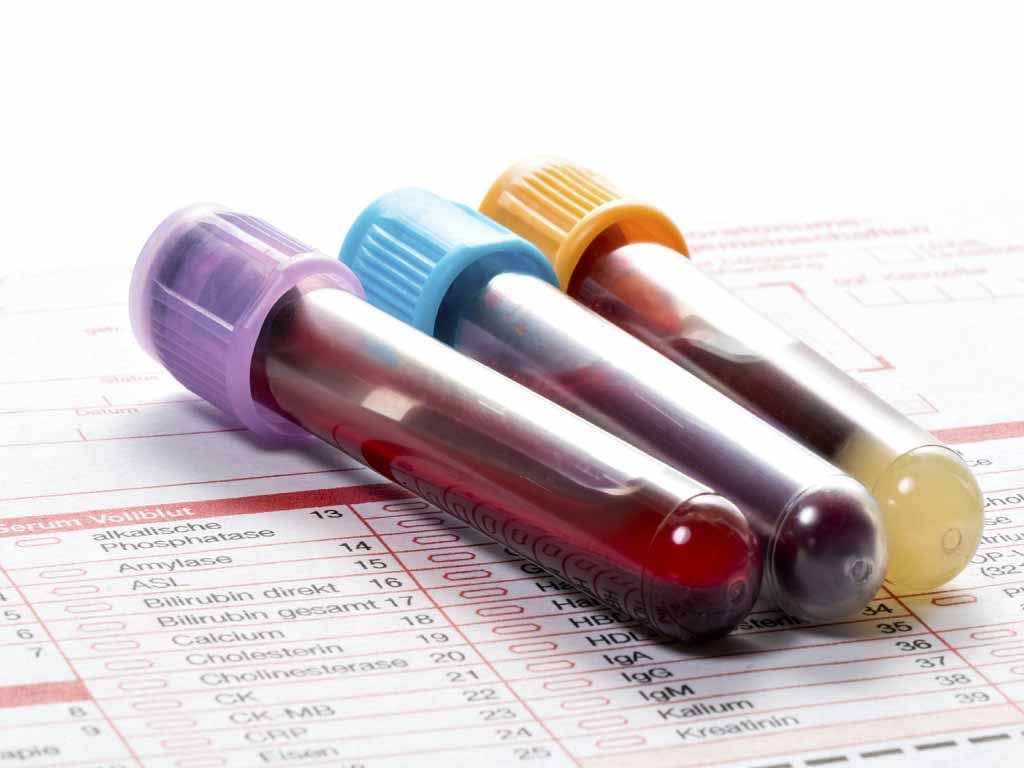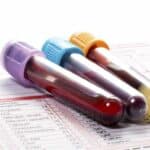Alcohol CDT Test: Purpose and How to Conduct
18 April, 2024

Alcohol abuse is an issue that can have detrimental effects on physical and mental well-being. To combat these, various screening tests are in place to identify chronic alcohol abuse. One of these tests is the Carbohydrate-Deficient Transferrin (CDT) or alcohol CDT test. Its purpose is to help health professionals identify people with harmful alcohol consumption patterns. To conduct it, a healthcare provider must draw blood from the arm or the fingers. Then, they send this to a laboratory for analysis.
Understanding how blood testing for this biological marker can help individuals understand the effects of alcohol on their bodies. It is a highly accurate form of alcohol testing that has a long detection window, helping people in medical, workplace, and legal settings. However, the procedure can be invasive. As such, it is more commonly used in healthcare settings. This article will present the purpose of the CDT test, how to conduct it, and its clinical applications.
Purpose of the Alcohol CDT Test
An alcohol CDT test is a screening for alcoholism that uses blood samples. It identifies direct biomarkers of alcohol using blood testing procedures to accurately identify regular alcohol consumption over an extended period. The test measures a specific protein in the blood called transferrin, which is affected by heavy alcohol use.
One of its purposes is to help healthcare professionals identify people who have alcohol dependency or chronic alcoholism. Blood alcohol testing is a highly accurate method of identifying alcohol use. It can also provide insightful data to help with treatment plans for the patient. Doctors may also use this alcohol screening method during the recovery period to monitor their progress.
Furthermore, the high accuracy lends it to serve as evidence during legal proceedings. It also has a lengthy detection period of up to four weeks. This is significantly longer than standard blood alcohol tests, urine tests, and saliva tests. As such, it can be valuable for proving abstinence from alcohol use.
How Alcohol Consumption Affects CDT Levels
- Transferrin is considered a biomarker of alcohol abuse because it only increases because of the consumption of alcohol.
- Transferrin is a protein the liver produces to regulate iron absorption and transportation to the body.
- Meanwhile, alcohol consumption leads to an increase in CDT levels because alcohol affects the production of transferrin.
- Chronic heavy drinking causes changes in the carbohydrate structure of transferrin, resulting in elevated levels of CDT in the blood sample.
- As such, people who drink will have lower CDT levels.
- On the other hand, heavy alcohol consumption leads to significantly high CDT levels.

How to Conduct an Alcohol CDT Test
An alcohol CDT test is an invasive procedure that requires a medical professional, such as a phlebotomist, to conduct the test. As such, it is crucial to set an appointment with a healthcare provider or accredited testing facility. Moreover, the individual must follow their instructions. A potential instruction is to fast the night before the blood testing date.
Typically, a medical professional draws blood samples from the arm. However, CDT testing also allows for smaller quantities of blood. As such, pricking the finger and drawing samples from there may suffice to trace the alcohol biomarker. After the blood sample collection, the collector may send it to the laboratory for analysis.
The laboratory analysis may take up to five days before they release the results. In some cases, it may take up to two weeks. This is because of the complex procedures required to produce accurate reports. Nevertheless, people and organisations still opt for this test because of its high accuracy and lengthy detection window for drinking.
Techniques Used to Analyse CDT Levels
Laboratories can use several techniques to analyse the CDT levels. For example, immunoassay tests utilise quick and cost-effective techniques. Potential immunoassay methods for CDT include ELISA or enzyme-linked immunoabsorbent assays. High-performance Liquid Chromatography (HPLC) is another option.
For confirmatory screening, the gold standard for analysis is Gas Chromatography-Mass Spectrometry (GC-MS). It utilises gas chromatography to separate the different compounds in the blood sample, followed by mass spectrometry to identify and quantify each compound accurately. This provides reliable quantitative results. Alternatively, they may use Liquid Chromatography-Mass Spectrometry (LC-MS), which uses a liquid carrier instead of gas.

Clinical Applications of the Alcohol CDT Test
The clinical applications of the alcohol CDT test are commonly for identifying heavy alcohol consumption even after two to three weeks since last drinking. Healthcare providers frequently use this type of test to monitor patients with Alcohol Use Disorder (AUD) or those at high risk for it. It helps facilitate intervention for potential inpatients and outpatients alike.
Moreover, the CDT test can provide valuable data and insight regarding the drinking patterns of an individual. The data can be useful for forming treatment plans for individuals with alcohol abuse issues. This is particularly because the high level of accuracy the CDT test provides enables medical professionals to accurately determine their historic alcohol consumption.
Furthermore, it can help determine the effectiveness of the interventions. Although there are staple treatments, the rehabilitation process and time still vary from person to person. This is particularly so if the excessive alcohol consumption of the individual has led to medical conditions, such as kidney and liver disorders. Nevertheless, people can still trust it as a reliable testing method with low risks of false positives.
Treatment Sources
The treatment sources for those with AUD can vary depending on their specific circumstance and the extent of their excessive alcohol consumption. Often, alcohol treatment programs necessitate detoxification. For those with milder conditions, this can be done naturally as weeks of abstinence progress. However, some may need medical interventions to manage the withdrawal symptoms.
Therapy and counselling are essential components of treatment for chronic alcohol abuse. They can help individuals address the underlying cause of their heavy drinking habits and develop coping strategies to prevent relapse. Support groups can also provide valuable support and encouragement during the recovery period.
Conclusion
The alcohol CDT test measures the biomarkers of alcohol abuse in the blood samples of the donor. It is an accurate testing method that can identify high levels of alcohol consumption by observing the CDT levels. It also has a long detection window of four weeks, making it suitable for detecting a history of alcohol dependency. Its purpose is to help provide interventions for those with AUD and help them undergo alcohol treatment programs for their well-being.
However, it does require an invasive collection process that must be done by a healthcare professional. As such, it is more frequently utilised in healthcare settings. Besides identification, it can also help with monitoring abstinence and determining the effectiveness of the intervention. After sample collection, the samples undergo laboratory tests to produce reports. This process may take five days to two weeks due to the complexity involved.





























